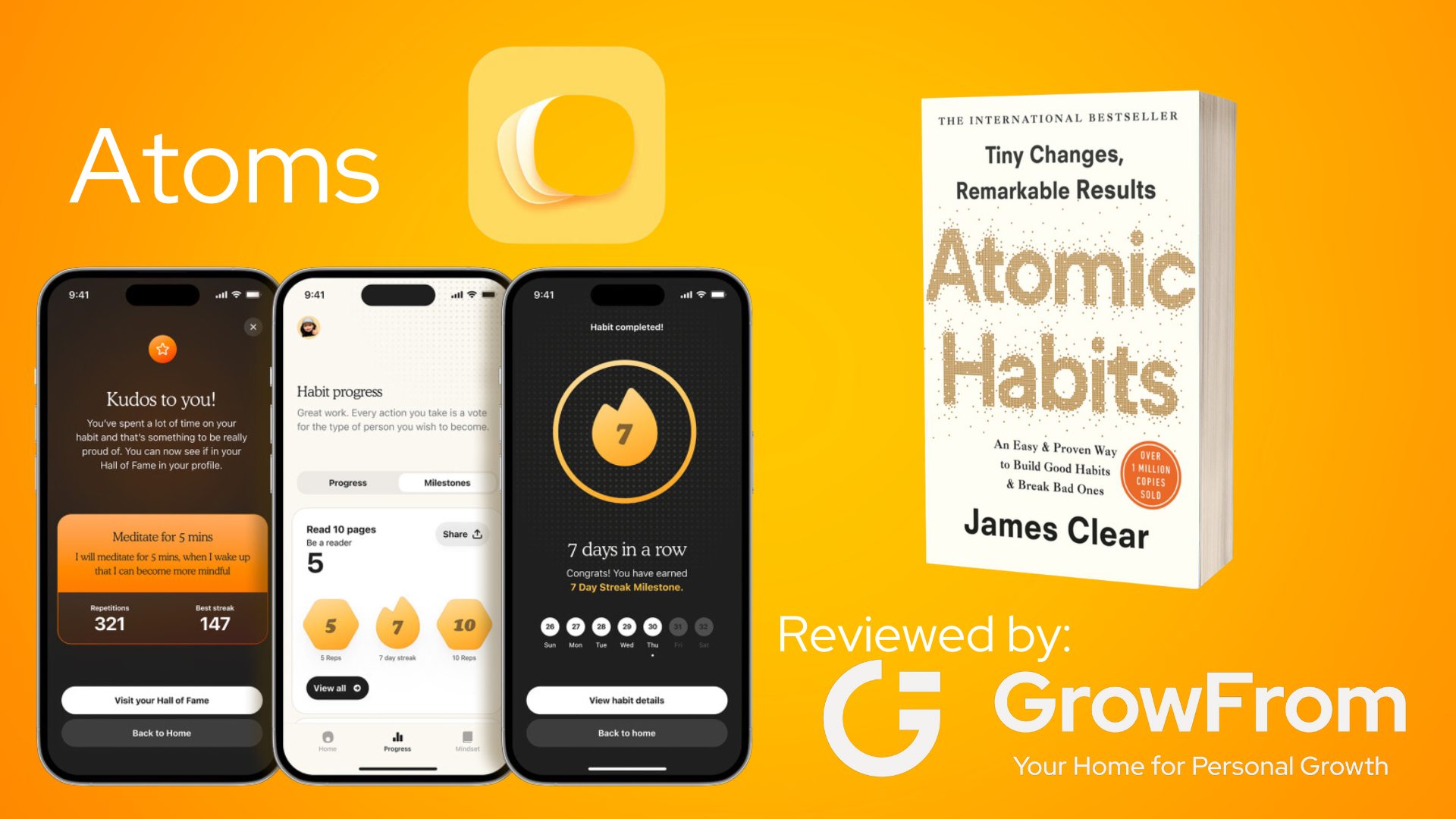The DISC personality test is a tool that can help individuals and organizations better understand their communication and behavior styles. It was developed by psychologist William Moulton Marston in the 1920s and has since been used by a wide range of organizations and individuals to improve communication, teamwork, and leadership.
The DISC test is based on four primary behavioral traits: Dominance, Influence, Steadiness, and Conscientiousness. These four traits make up the acronym “DISC.” Each of these traits represents a different aspect of behavior and communication style.
Dominance (D): People with high dominance scores tend to be assertive, decisive, and goal-oriented. They are often seen as confident and competitive and are willing to take risks to achieve their goals.
Influence (I): People with high influence scores tend to be outgoing, optimistic, and sociable. They are often seen as persuasive and charismatic and are skilled at building relationships and networks.
Steadiness (S): People with high steadiness scores tend to be calm, patient, and supportive. They value stability and predictability and are often seen as dependable and reliable.
Conscientiousness (C): People with high conscientiousness scores tend to be detail-oriented, organized, and analytical. They value accuracy and precision and are often seen as reliable and responsible.
Each individual has a unique blend of these four traits, and the DISC test can provide insights into an individual’s dominant traits and how they can use those traits to improve communication, teamwork, and leadership.
One of the primary uses of the DISC test is in the workplace. Many organizations use the DISC test to improve communication and teamwork among employees. By understanding each individual’s communication and behavior style, organizations can create a more collaborative and productive work environment.
For example, an organization may use the DISC test to help employees understand their communication style and how it may differ from others in the organization. A person with high dominance scores may communicate in a direct and assertive manner, while a person with high steadiness scores may communicate in a more patient and supportive manner. By understanding these differences, employees can adjust their communication style to better collaborate with others in the organization.
The DISC test can also be used in leadership development. By understanding their dominant traits, leaders can better understand their strengths and weaknesses and how they can leverage their dominant traits to lead effectively. For example, a leader with high influence scores may be skilled at inspiring and motivating others, while a leader with high conscientiousness scores may excel at creating systems and processes to improve efficiency and productivity.
In addition to workplace applications, the DISC test can also be used in personal development. By understanding their dominant traits, individuals can better understand their behavior and communication style and how it may be impacting their personal relationships. This self-awareness can be used to improve communication and build stronger relationships.
It is important to note that the DISC test is just one tool for understanding behavior and communication style. It is not a comprehensive assessment of an individual’s personality or character. It is also important to use the DISC test in conjunction with other assessments and feedback from peers and supervisors to gain a more complete understanding of an individual’s behavior and communication style.
In conclusion, the DISC personality test is a valuable tool for improving communication, teamwork, and leadership in the workplace and personal relationships. By understanding each individual’s dominant traits, organizations and individuals can adjust their behavior and communication style to build stronger relationships and achieve their goals.







